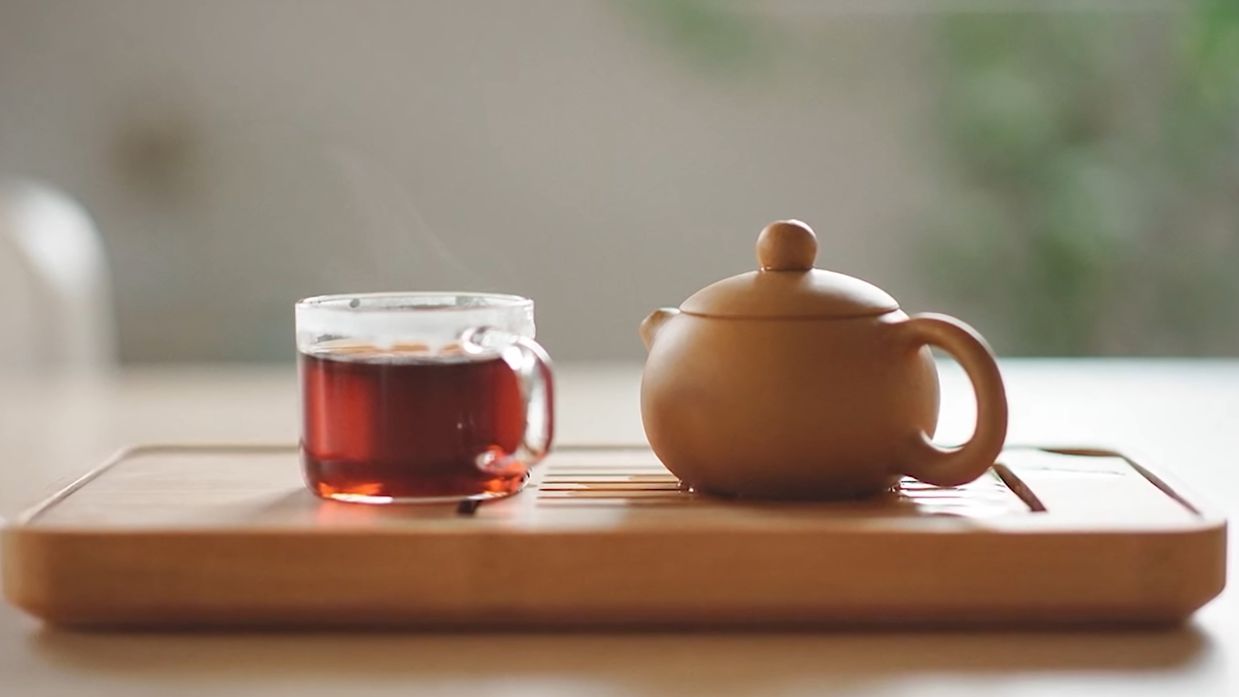1. Tea and Relationships:
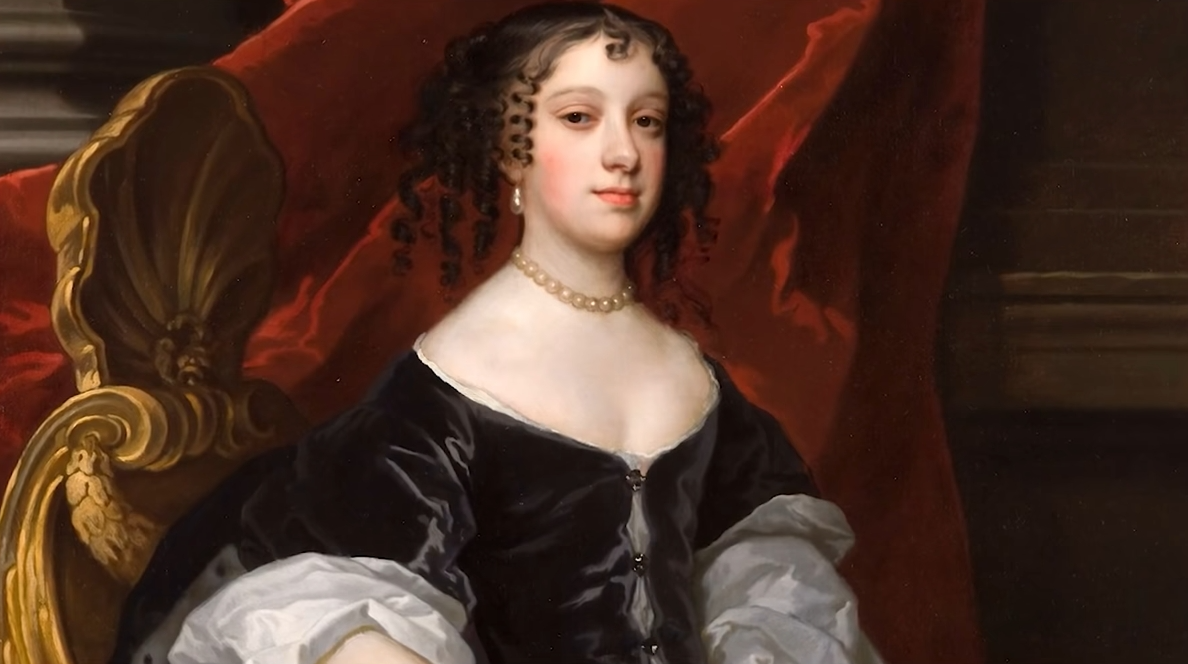
Since the English and Portuguese brought the first tea packages to Europe until tea became a popular beverage, it has been a long process associated with significant historical stages.
Although Asia is the homeland of the tea plant, when it arrived in Europe, tea played a significant role in shaping the culinary culture of many countries on the continent, especially England. If you think the English were the first to bring tea to Europe, you are mistaken. Many documents suggest that the Portuguese royal family was the first Europeans to bring tea from China, and the Dutch were the first traders to import tea into Europe in 1606. Soon after, tea spread throughout Western and Northern Europe.
Tea arrived in England a bit late in 1658 when a magazine in London published an article about the beverage from China being sold at a café in the city. At that time, tea was still an extremely luxurious and expensive commodity. Although it had caught the media's attention, tea did not truly make a significant impression on English society until a young girl named Katherine from the Portuguese royal family married King Charles II in 1662. Before marrying King Charles II, this young lady was enchanted by the aroma of tea. And of course, when she became Queen of England, Katherine spread the habit of drinking tea in the royal family. To be fashionable, the English royal family at that time also had to learn how to drink tea.
At this time, King Charles II granted exclusive trading rights with India and Asian countries to the East India Company. This company had an enormous influence in the following century, including the importation of tea from India and China. Furthermore, the British colony of Bombay at that time also became a massive tea production center.
During the tumultuous period of politics and tea trade, many unfortunate stories occurred in the trade relations between the West and the Qing dynasty, especially the First Opium War from 1839 to 1842. The main reason was that the Qing government did not agree to allow the British to freely trade opium from India and China. Although China was relatively weak at that time, it still maintained stability through a self-sufficient economy, thus not needing to engage in trade with the West.
2. Exchange:
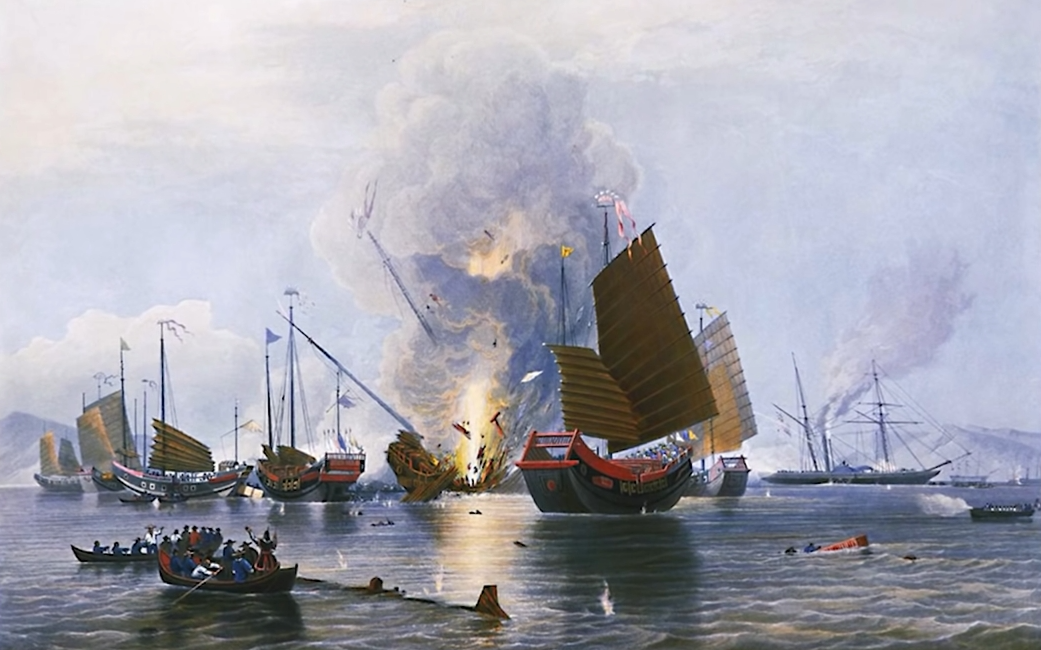
In particular, the British had to loosen diplomatic forces, and the Qing government also had to open some ports for foreign trade, including the port in Guangzhou. However, the goods that the British offered were not attractive enough to Chinese merchants, leading to a rapid trade imbalance. Besides tea and precious spices, silk and porcelain were also items that the British desired.
The British once used silver to trade with the Chinese, but this was a rare metal with limited quantity. Meanwhile, the British sold opium to exchange for silver from the Indians. The Chinese wanted to sell tea for silver and used silver to buy food. This created a vicious cycle where, as mentioned above, the British tried to smuggle opium directly into China in exchange for tea. This reduced the flow of silver into China and significantly increased the number of opium addicts.
In 1839, Emperor Daoguang entrusted Lin Zexu to handle the issue by abolishing the opium trade. About 1,210 tons of opium were confiscated, equivalent to two million six hundred sixty thousand pounds without any compensation. This event sparked the Opium Wars.
Due to the increasingly deteriorating foreign situation in China, the British had to find alternative solutions for the tea shortage. Soon after, tea was cultivated in India and Sri Lanka, breaking China's monopoly. Furthermore, the expansion of tea cultivation in British colonies significantly reduced the import tax on tea into England, causing tea prices to drop and gradually become more popular with the public.
The tea culture in England, although tea arrived a bit late, has made the country one of the top tea-consuming nations in the world. The British cherish tea as an indispensable part of life. According to the UK Tea and Infusions Association, the British consume about 165 million cups of tea daily, equivalent to 60.2 billion cups per year, or 115,000 cups per minute and 2,000 cups per second. Whether it's a pot of green tea, a cup of Earl Grey, or a cup of milk tea, the strong relationship between the British and tea remains unchanged. It can be said that tea acts as a lubricant for society to function. The British often say, “Everything stops for tea.”
Although they have known tea for a shorter time compared to Asian countries, tea has become part of the daily life of the British, even in their language. Some idioms like “Not my cup of tea” mean “not my taste” or “a storm in a teacup” to refer to overreacting to a trivial issue.
3. Tea Drinking:
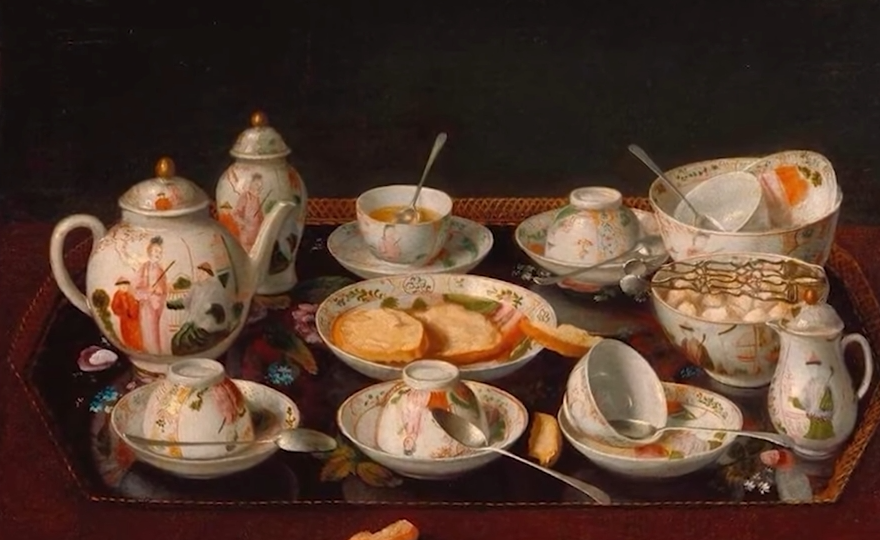
The British are very refined in their tea drinking, with different accompanying foods at various times of the day and specific rituals. First is “elevenses,” which is tea consumed around 11 a.m., accompanied by light snacks like scones, muffins, and biscuits. According to tea historian Erickson, “elevenses” only appeared recently and was not popular in the 20th century, as earlier writers rarely mentioned it.
An article published in 2009 in the Telegraph stated that “elevenses” is an important part of traditional English lifestyle. Next is afternoon tea, a habit popularized by the English aristocracy, specifically by the Duchess of Bedford, Anna. At that time, the English aristocracy dined very late, around 8 p.m., while lunch was rather light. Therefore, while waiting, they needed something to tide them over. The Duchess requested her servants to bring cakes and tea to her bedroom, then invited friends to enjoy together.
Unexpectedly, this habit became a new trend, not only among noblewomen but also spreading throughout the aristocracy and wealthy individuals in England. Afternoon tea is also referred to as “afternoon tea” to distinguish it from other types of tea.
For a simple reason, when ladies sit down for afternoon tea, they often sit on low floors. The habit of afternoon tea became popular among the majority of the English population. This movement spread the most in the 1800s when tea became cheaper due to its cultivation in India and Sri Lanka.
Although afternoon tea originated from the English aristocracy, it still carries a high level of formality, not suitable for the common people. This is a form of entertainment for upper-class ladies. In serving tea, one must adhere to aristocratic etiquette. An interesting point is that when enjoying afternoon tea, the drinker must adjust their movements delicately, such as how to lift the teacup and bring it to their mouth. Serving afternoon tea also includes desserts like sandwiches, pastries, or cream.
If you are invited to an English tea party, pay attention to your manners. Do not do anything inappropriate, as this could detract from the formality of the event. Meanwhile, "late chai" is for the working class, lacking the high formality of afternoon tea. There are many types of tea and tea preparations favored by the British, including bubble milk tea.
4. The Art of Tea Appreciation:
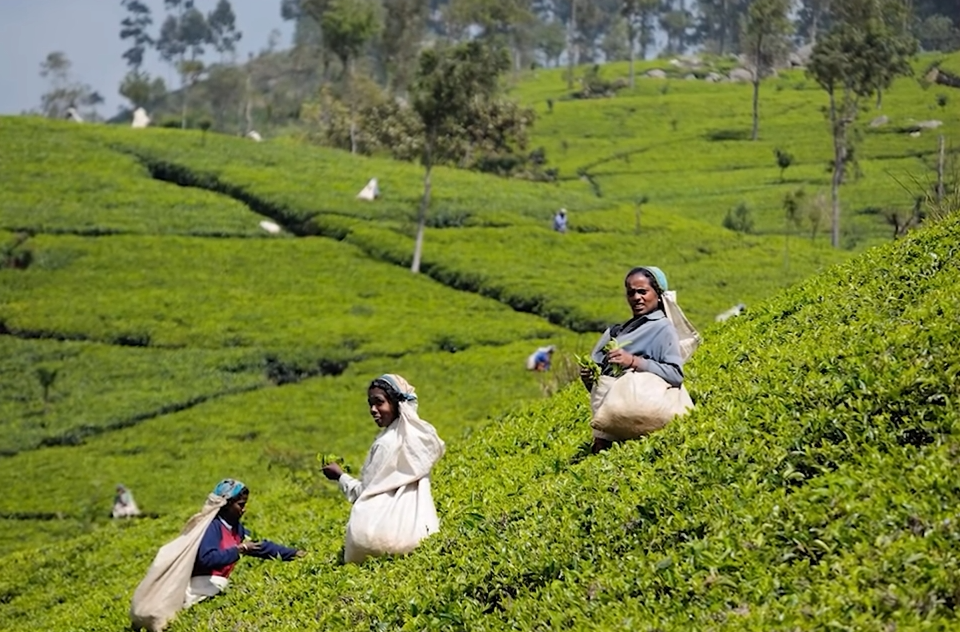
In summary, the British take pride in their art of tea appreciation. They regard tea as a treasure, a wonderful beverage, and never diminish its value.
The art of tea appreciation in the United Kingdom has become a distinctive cultural symbol of the land of fog. From intimate family tea gatherings to lavish tea parties of the aristocracy, the art of tea appreciation has undergone a rich and diverse development journey.
The history of tea appreciation in the United Kingdom is not merely about drinking a cup of tea in the morning, but also a delicate art, a ritual, and a craft. Since the time of Queen Victoria, tea appreciation has become a lifestyle, a symbol of tradition and elegance. Especially in the 19th century, the art of tea appreciation became a distinctive cultural symbol of England.
An essential part of the art of tea appreciation is the way it is served and presented. From classic teapots to exquisite teacups, every detail is meticulously attended to. The style of serving tea is also very important, from how to lift the teacup, lay the tablecloth, to how to arrange the table and utensils.
In addition to drinking tea, tea appreciation is also an opportunity for the British to enjoy light and delicious snacks. From biscuits, pastries, to sandwiches and desserts, each item is carefully selected to create a distinctive and refined tea appreciation experience.
The art of tea appreciation is not only present in traditional families but also a part of social life. The tea parties of the aristocracy are not only places to meet friends but also occasions to showcase class and social status. Lavish tea parties with magnificent outfits, luxurious dishes, and, of course, delicious cups of tea have become symbols of wealth and nobility.
The art of tea appreciation in the United Kingdom is not only a cultural beauty but also a symbol of respect and reverence for tradition. Whether in simple family teas or lavish tea parties of the aristocracy, the art of tea appreciation has become an indispensable part of English life.
